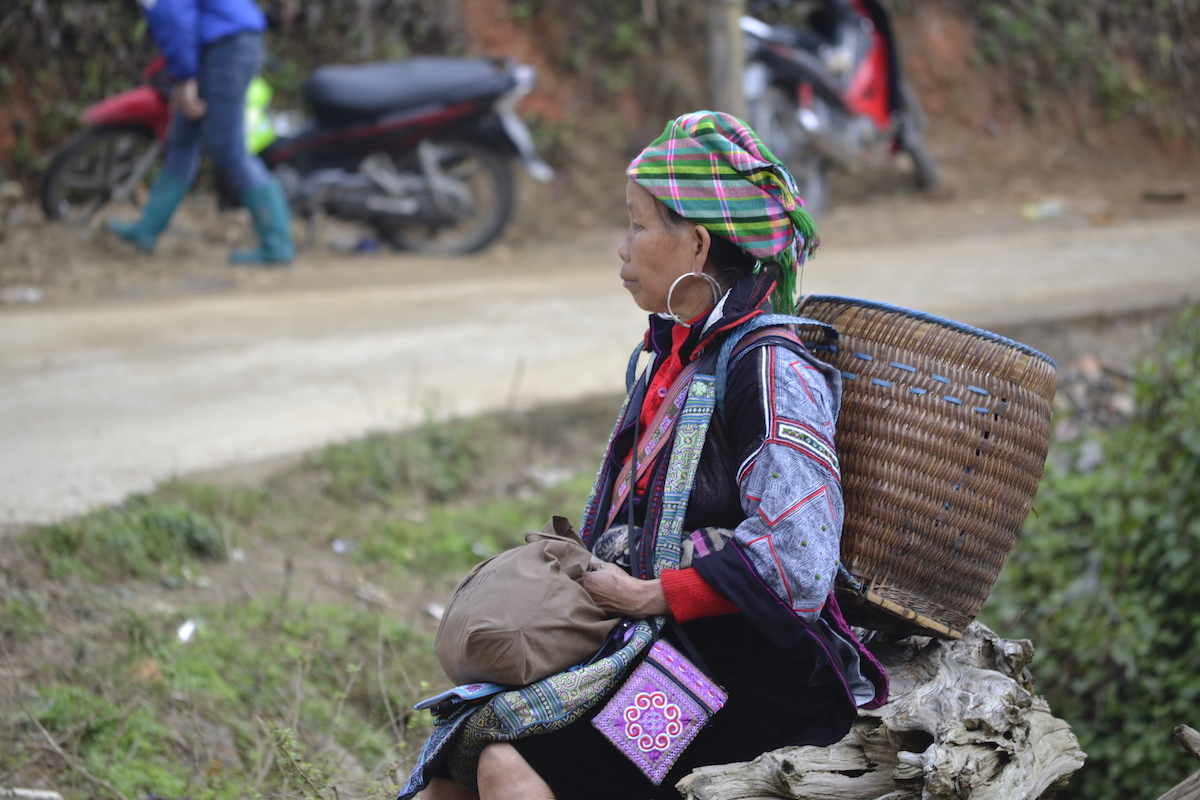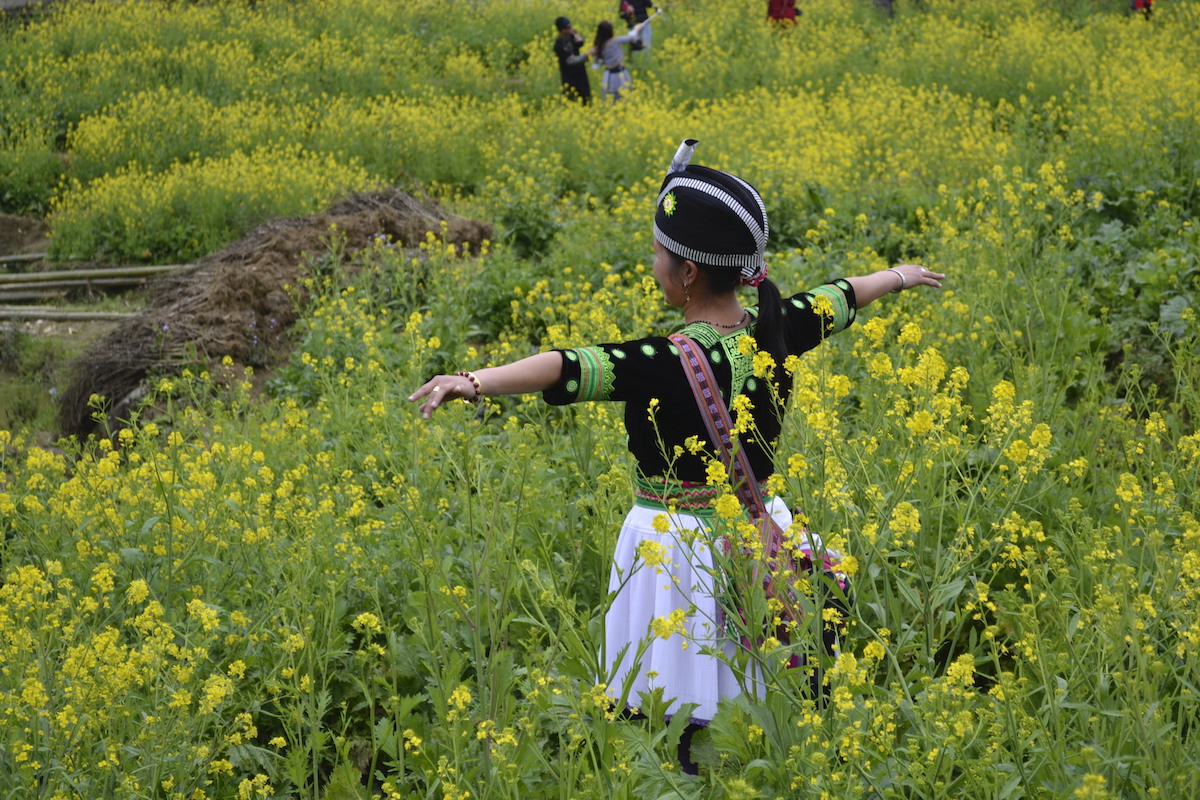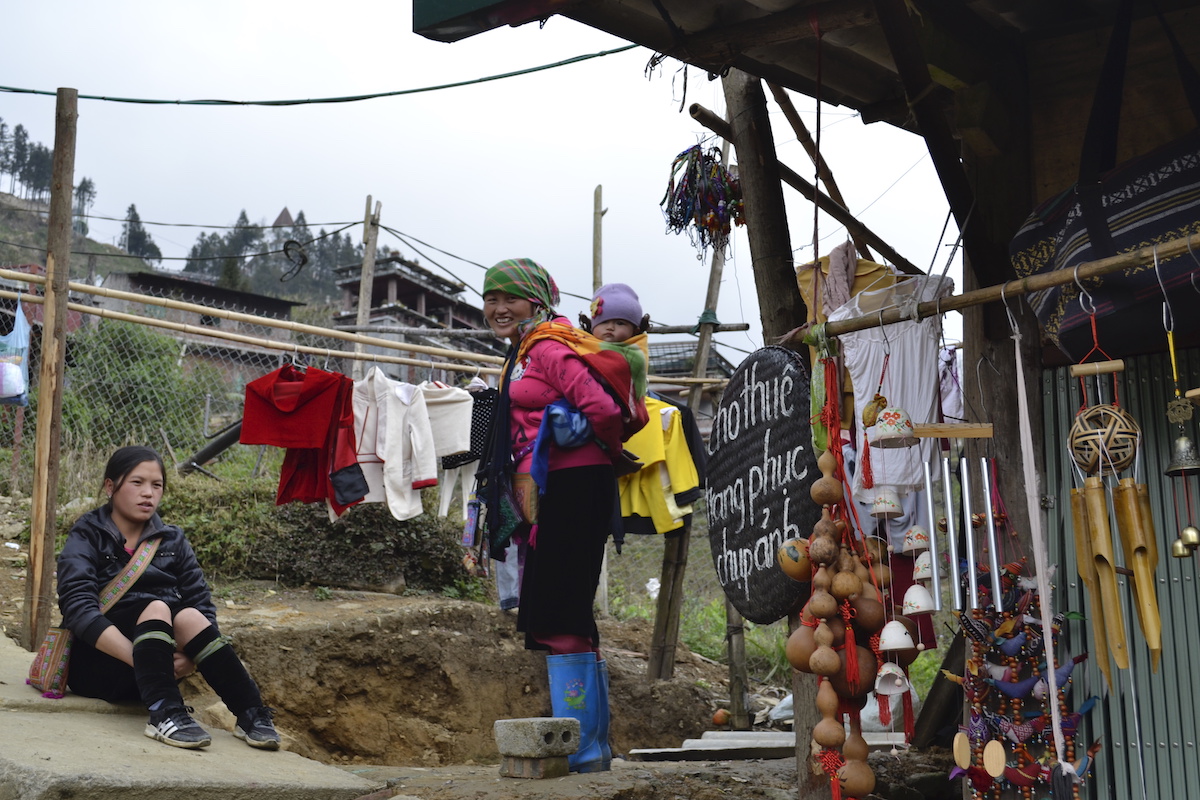Introduction
Sapa, or Sa Pa, is a small town in Lao Cai Province. It is close to the Chinese border, about 350km north of Hanoi. The town is located in the Hoang Lien Son mountain range, which includes Fan Si Pan peak, the highest in the entire country.
The area can be crowded with tourists, but we were fortunate to visit before the start of the high season. We weren't that fortunate when it came to the weather, as we had two foggy days.
People go to Sapa for the beautiful treks and the iconic rice fields. But the region is also a cultural destination as it is home to different ethnic groups. These groups are not of Vietnamese ancestry and they have their distinct languages and customs.
How to get there
There are a few options to get from Hanoi to Sapa. One of the most popular is by night train. The trip from Hanoi to Lao Cai takes about 9 hours, and then from there you can go to Sapa by minibus or by taxi. Another option is to book a transfer with a travel agency. A minibus will take you from your hotel in Hanoi and will drop you at your hotel in Sapa. If you're used to riding a motorcycle, that's definitely a nice option too, as the road goes up through the mountainous region of North Vietnam.
We visited Sapa as part of our longer trip in Vietnam and Cambodia. We had a 2-day trip booked with a local company. The package included the bus transfer from our hotel in Hanoi and back, all the meals and a local guide for the two days in Sapa.
The bus from Hanoi to Sapa takes about 6 hours, and is an experience on its own, especially because of the chaotic driving on the highway and through the mountain road.
Ethnic diversity
Depending on how much time you have and on your physical condition, there are multiple activities you can do in Sapa. They range from half-day hikes, to multi-day treks. Most of the them are going up and down the mountains around Sapa but also include cultural stops in the neighbouring villages.
Sapa is home to five ethnic minorities: H’mong (Mong Den, or Black Mong), Dao Do (Red Dao), Tay or Choang (Zhuang), Giay (Dzay), and Xa Pho. Each minority group has its own story and traditions. They can be recognized by the beautiful distinctive clothes they wear. Check out this article if you want to find out more about the clothing.

Our experience
As soon as we arrived, we met our guide, Như (pronounced like the English word 'new'). Born and raised in one of the villages in the area, she is one of the Black H’mong ethnic people. That's the biggest minority group in Sapa representing 53% of the population.
In the first day, we visited the Cat Cat village, home of the Black H’mong. The village is close to the city, in the deep valley at the foot of Fansipan Peak. After touring the village, we continued towards the bottom of the valley to see a beautiful waterfall and a hydraulic power station built during the French colonial period.

From here we walked back to the hotel, about 2.5km, mostly uphill, but not too steep. The entire visit took around 3-4 hours, which was a good warm-up for the longer hike from day 2.
Although we started the second day through a thick layer of fog, by the time we arrived in the valley below Sapa we were able to admire the beautiful rice fields. We visited Lao Chai and Ta Van village, home of Black H’mong and Dzay people. The hike itself was not difficult, but it was long enough to increase our appetite for the late lunch at a local restaurant in Ta Van. From here, a bus picked us up and took us to the hotel and shortly after we were on the bus to Hanoi.

The landscape around Sapa is beautiful, but the most impressive part of the trip is seeing how the locals live. Như told us about the struggles families have in this region and took us inside some of the local homes. This was really an eye-opening experience - our perception of poor and simple living was never the same again.
The people in Sapa have a strong background of hard work and perseverance that is not easy to find in the wealthier countries. Such an example is the fact that Như is a self-taught English speaker, which came as a surprise for us.

Travel tips
At the end, here are a couple of useful tips that we can share about our experience.
A lot of locals in the area live in extreme poverty. Most of them have never set food outside Sapa and for some (including Như) a trip to Hanoi is high on their wishlist.
You will see a lot of women selling handmade souvenirs. Some of them will follow you around in your trips, hoping to sell some of their work. If you want to help the local community, you can buy from them. Do not buy from and do not give money to children - you might indirectly be encouraging them to drop out of school.
Local guides are heavily underpaid. Tip them well if you can, they will surely use the money to provide a better life for their families. An average family in Sapa can live for a month with 100$, so a small amount for you, as a traveler, can mean a lot for them.
Listen to their stories and don't be shy. People are curious to learn about you and where you come from, they'll ask questions, so it's perfectly fine if you do that too.
Ultimately, Sapa is a community of warm people with interesting stories, living in harsh conditions around the beautiful mountains of North Vietnam. We hope this inspires everyone to include it in their travels through Vietnam and South-East Asia.